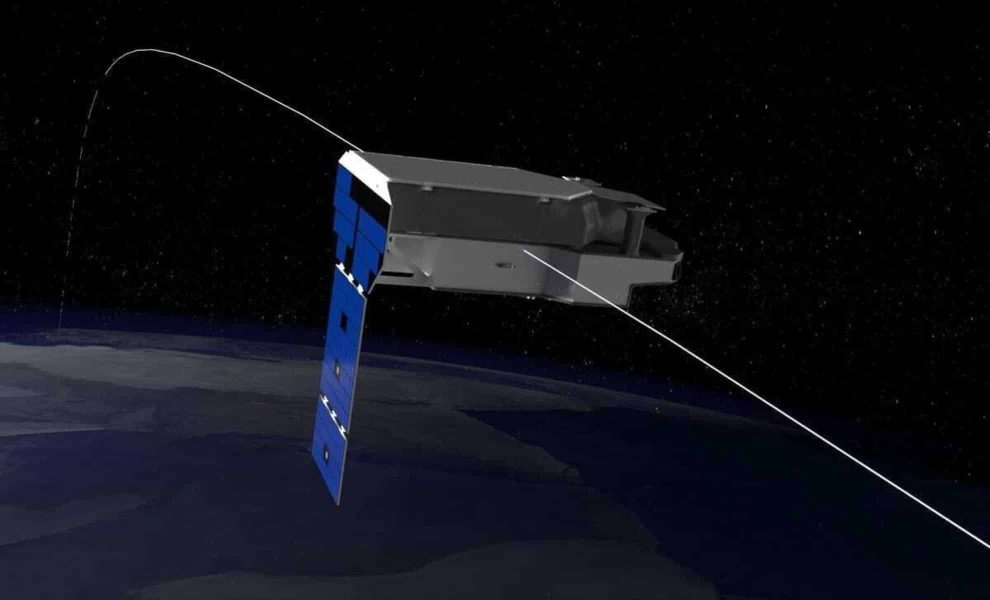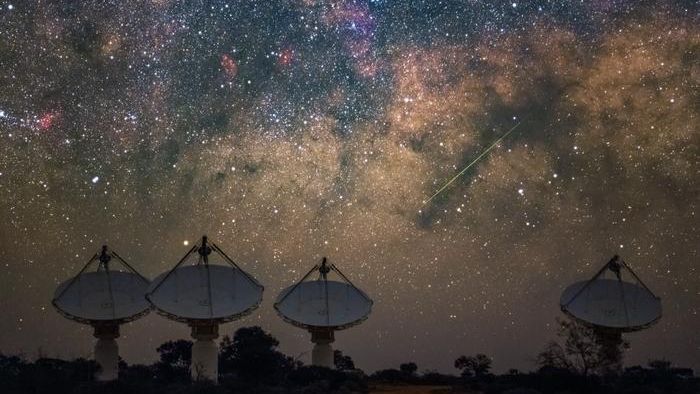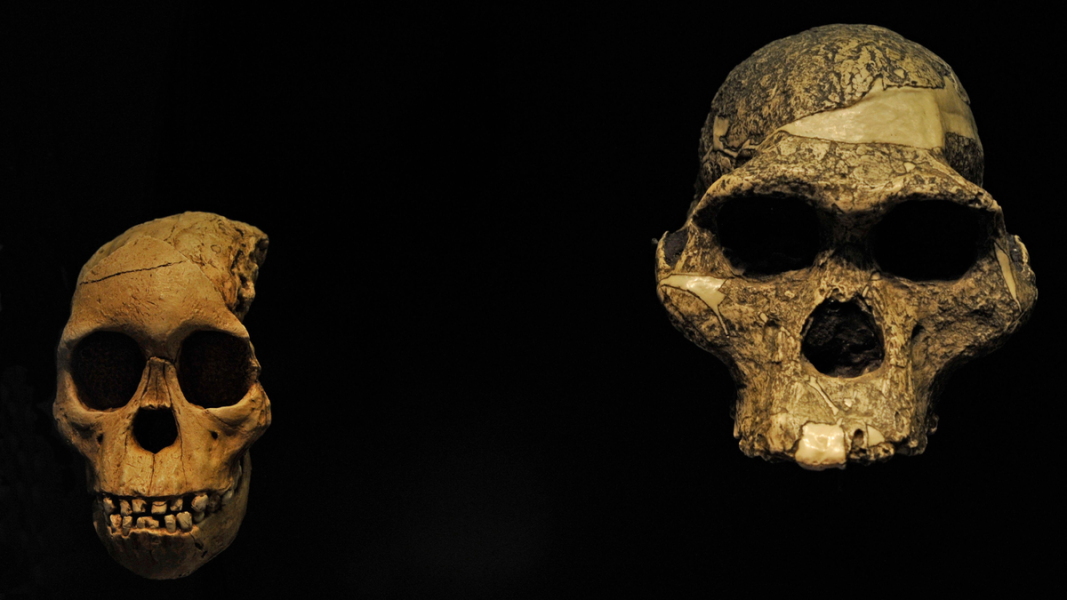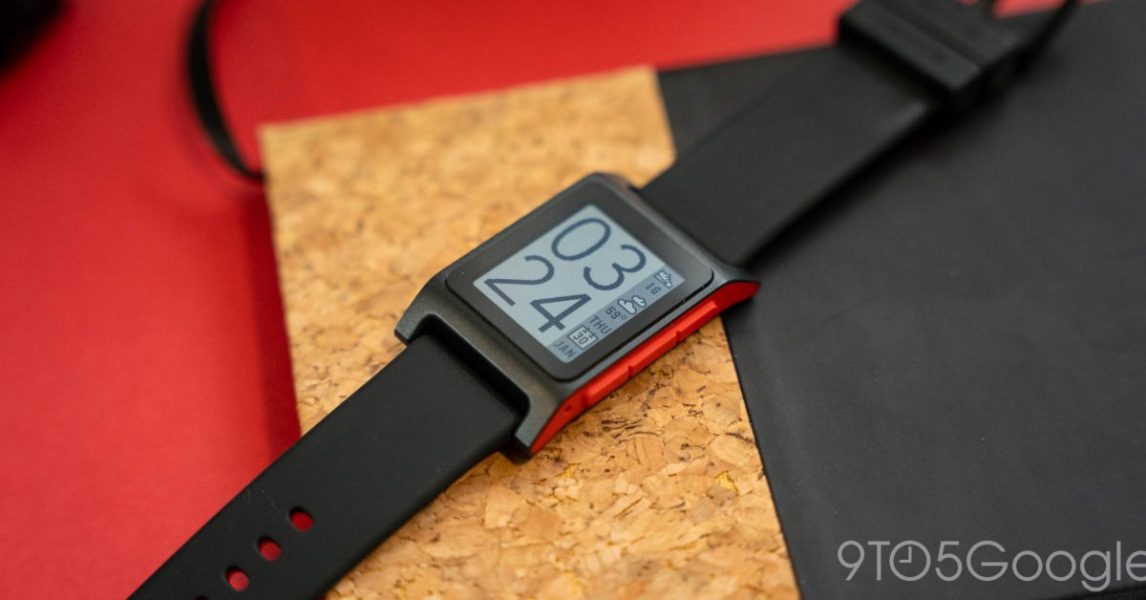ESA endorses Year of Asteroid Awareness and Planetary Defence – European Space Agency
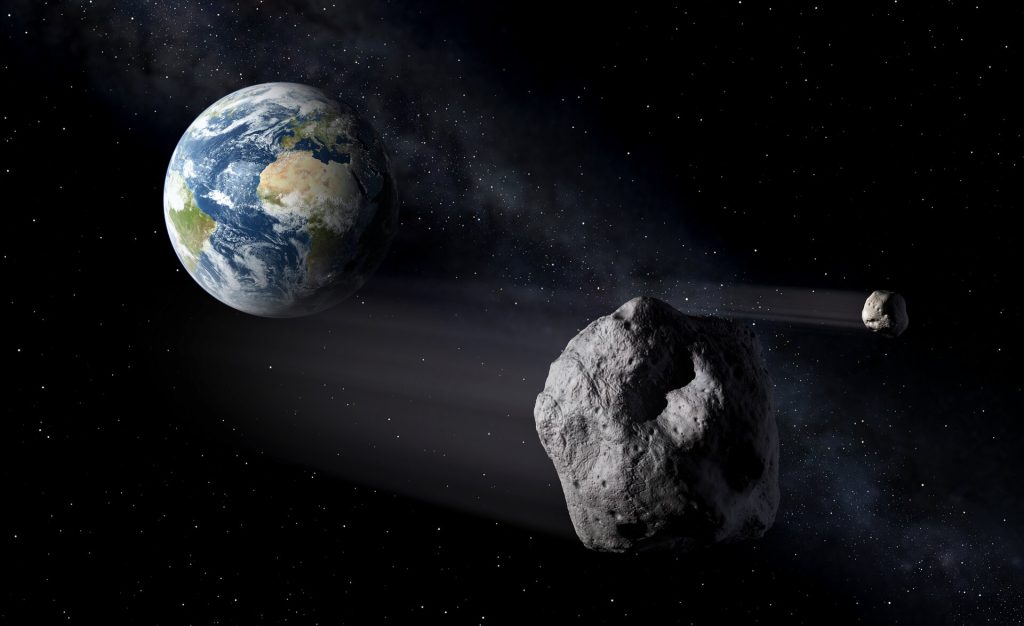
The European Space Agency (ESA) has endorsed the United Nations’ (UN) designation of 2029 as the International Year of Asteroid Awareness and Planetary Defence.The initiative will foster international collaboration in the field of planetary defence and educate the public on the risks and opportunities associated with near-Earth asteroids.Asteroids and comets are material leftover from the early Solar System. They hold important clues about the origins of Earth and possibly the life that calls it home, but they can also pose a potential hazard to our planet if they stray too close – as the dinosaurs found out.But we have something that the dinosaurs did not: the scientific field of planetary defence.Every day, around the world, planetary defenders work to detect, track, and, if necessary, respond to asteroids that get too close for comfort.Tracking these asteroids is no easy feat: most of them are small, dark, and reflect only a tiny amount of sunlight, making them difficult to spot in the vastness of space.Despite this, our recent technological advances are significantly improving our ability to spot asteroids passing close to Earth, which is in turn raising the profile of planetary defence with the general public.ESA is actively working to keep Earth safe. The Agency’s Near-Earth Object Coordination Centre (NEOCC) continuously monitors over 37 000 near-Earth asteroids.The vast majority are entirely safe, but occasionally one may pose a potential hazard, such as the recently discovered 2024 YR4, which currently has a approximately 98% chance of safely passing Earth on 22 December 2032. ESA’s planetary defenders are currently coordinating observations of the asteroid with powerful telescopes around the world to help firmly rule out any chance of impact.ESA is also developing a series of new telescopes that will autonomously scan the whole sky every night and alert astronomers of potential new asteroid discoveries the next morning. These Flyeye telescopes are inspired by the compound eye, which grants some insects a very wide field of view.“But we aren’t just waiting for an asteroid to strike,” says Richard Moissl, Head of ESA’s Planetary Defence Office, who provided ESA’s formal endorsement of the International Year at a meeting of the United Nations Office for Outer Space Affairs in Vienna this week. “We are taking active measures to help Earth defend itself against a potential impact.”ESA’s Hera spacecraft launched in October 2024 on a mission to turn asteroid deflection into a well understood and reliable method for defending Earth against a potential asteroid impact. In 2022, NASA’s Double Asteroid Redirection Test (DART) struck the asteroid Dimorphos, changing its orbit around the larger asteroid Didymos and demonstrating that a spacecraft can be used to change the path of an asteroid.But thanks to the nature of the mission, DART couldn’t be around to monitor the aftermath of its own collision. So, Hera is returning to the scene of the crash to survey both asteroids in detail and help scientists answer their remaining questions.The year 2029 was chosen in order to coincide with an incredibly rare astronomical event. On 13 April 2029, the 375-metre-wide asteroid 99942 Apophis will pass within 32,000 kilometres of Earth – that’s closer than weather monitoring and communications satellites in geostationary orbit around our planet.An asteroid of this size passes this close to Earth only once every few thousand years on average. While Apophis poses no danger to us, the flyby presents a unique opportunity for scientific observation and public engagement.ESA’s proposed Rapid Apophis Mission for Space Safety (Ramses) would launch in 2028 and rendezvous with Apophis in February 2029, two months before it passes Earth.Ramses would allow scientists to study the asteroid up close before, during, and after its interaction with our planet, delivering a treasure-trove of scientific and planetary defence data as never before.As Apophis passes Earth, the side of the asteroid closest to our planet will be pulled more strongly than the side slightly further away, potentially causing disruptions to the surface, such as landslides, that could expose new material.How Apophis changes, and what new material is revealed, will improve our understanding of what asteroids are made of, which is critical knowledge if humankind ever needs to put asteroid deflection to the test in a real scenario.The International Year of Asteroid Awareness and Planetary Defence will build upon existing awareness campaigns, such as the UN-endorsed Asteroid Day, held annually on 30 June, to educate the public about asteroid science and planetary defence.Events are likely to include opportunities for citizen science, public observing sessions and outreach programmes aimed at inspiring young people to pursue careers in space and planetary sciences.“As our technology improves, we will detect more asteroids on trajectories that bring them safely past Earth that we would have missed in the past,” says Moissl.“It is critical that we continue to support public engagement in order help people around the world separate the facts from the fiction.”The key is in the name: planetary defence relies on cooperation on a planetary scale. ESA is an active member of organisations such as the International Asteroid Warning Network (IAWN) and the Space Mission Planning Advisory Group (SMPAG), which bring together space agencies and other relevant actors from around the world to coordinate international efforts to detect and prepare for potential asteroid hazards.“By working together, we pool our resources, share our expertise, and develop coordinated strategies to address the risk of an asteroid impact,” says Moissl. “International cooperation is essential for enhancing our collective ability to detect, track, and mitigate potential hazards posed by asteroids.”The International Year of Asteroid Awareness and Planetary Defence aims to strengthen these partnerships, serve as a platform for education and outreach, and work to ensure that developing nations, which may lack the necessary infrastructure for asteroid monitoring and impact mitigation, are included in global planetary defence strategies.“An asteroid impact could affect people anywhere on Earth. Planetary defence is a responsibility shared by all nations, and 2029 is sure to be a landmark year for the field.”Thank you for likingYou have already liked this page, you can only like it once!Click for the latest updatesThe operational heart of ESA’s Planetary Defence activitiesExamining the first test of asteroid deflection, performing the first survey of a binary asteroid systemESA’s bug-eyed asteroid huntersNew technologies for automated asteroid detectionFinding hazardous asteroids hiding in sunlightOnce considered the most hazardous of all known asteroids, Apophis will safely pass Earth on 13 April 2029Rendezvous with asteroid Apophis
